On October 16, 2024, an alarming near-collision incident unfolded involving an American Airlines Boeing 737-800 and a Cessna 182 near Austin-Bergstrom International Airport (AUS). The American Airlines flight, operating as AA2587 from Chicago O’Hare, faced danger while approaching runway 36L amid thick fog.
As the Boeing 737 descended toward Austin, Air Traffic Control (ATC) directed the flight. While preparing for landing, ATC warned the crew about traffic at 11 o’clock. The pilots quickly spotted the Cessna 182 but lost sight due to worsening weather conditions.
Suddenly, the Cessna crossed the flight path of the American Airlines jet, creating a perilous situation. Fortunately, the Traffic Collision Avoidance System (TCAS) alerted the crew, urging them to take evasive measures to avoid a collision.
Reacting promptly to the TCAS Resolution Advisory (RA), the pilots informed the approach controller and executed avoidance maneuvers. Their swift actions, coupled with ATC support, successfully averted a potential disaster.
The Cessna, significantly smaller and slower than the commercial airliner, was in a zone where the larger aircraft was landing. Although investigators are still examining the incident, fog likely played a role in the Cessna straying into the Boeing’s path.
Thankfully, no injuries or damage occurred during this tense encounter. American Airlines flight AA2587 landed safely at AUS. The Federal Aviation Administration (FAA) has launched an investigation to uncover how Cessna entered the approach corridor and if miscommunications or airspace violations were factors.
This incident emphasizes the vital role of modern collision avoidance systems like TCAS. These systems have proven essential for ensuring safety in crowded airspace. The combination of TCAS technology and the crew’s quick response prevented a potential mid-air catastrophe.
Related stories:
Catch up on the top stories and travel deals by subscribing to our newsletter!

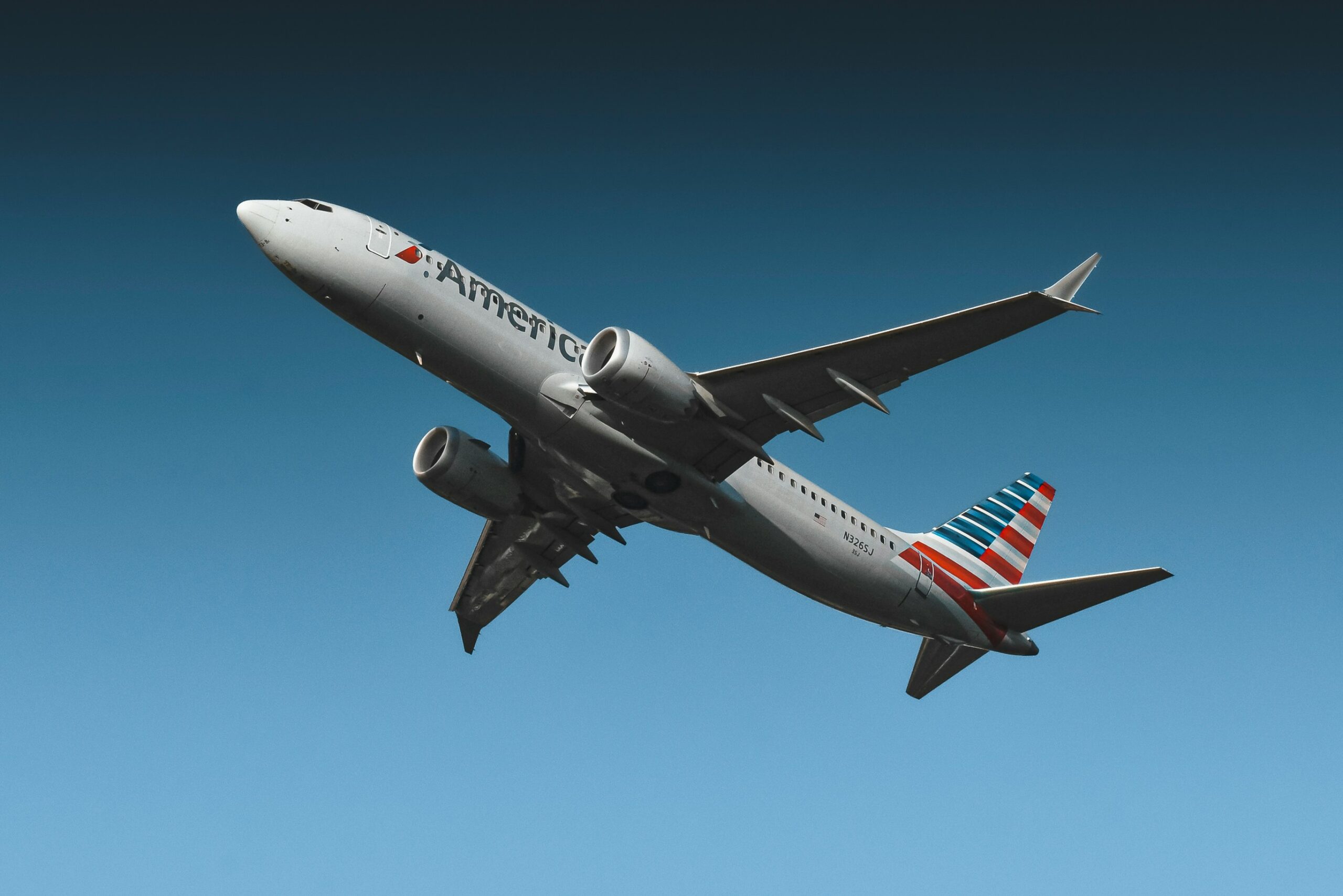

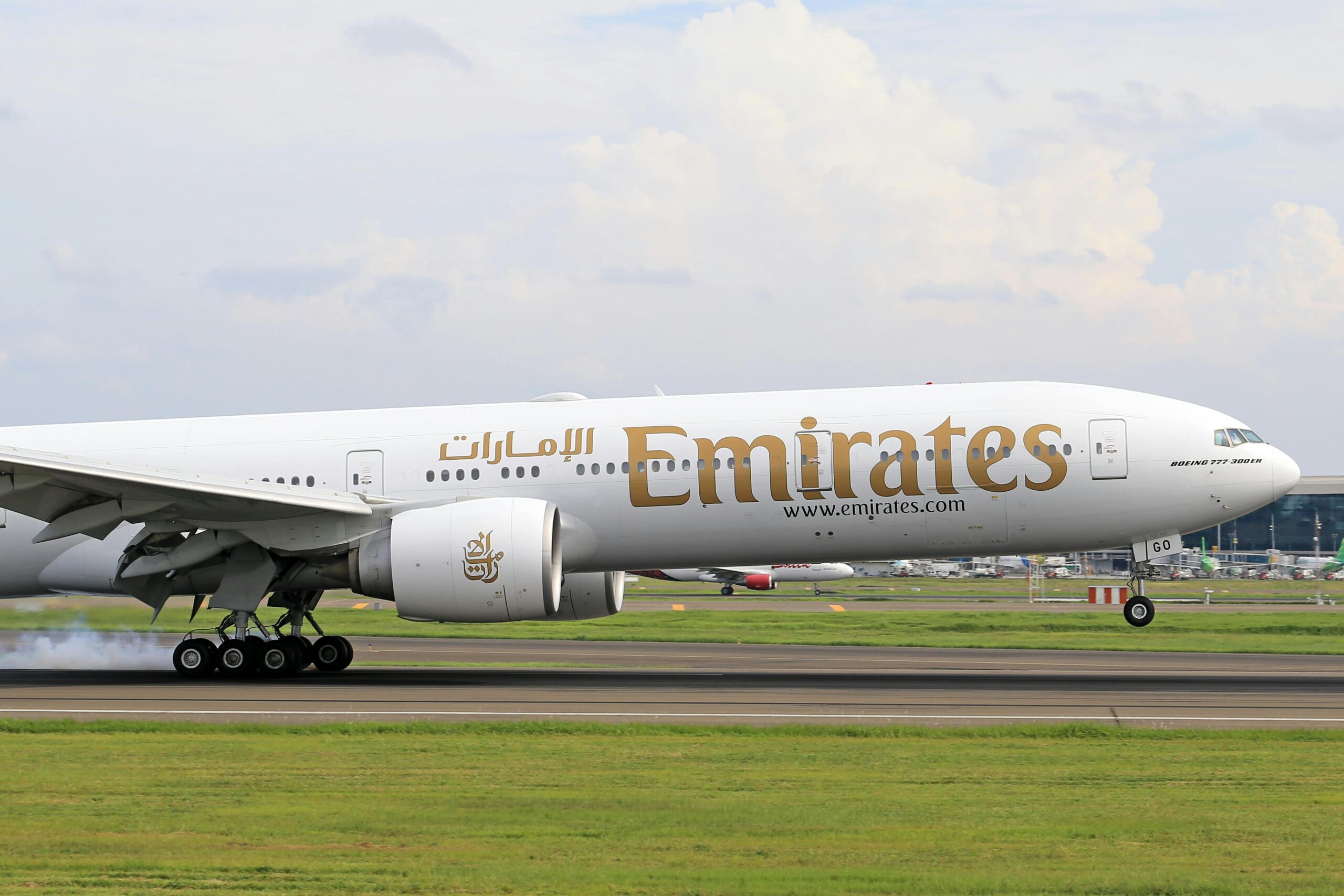
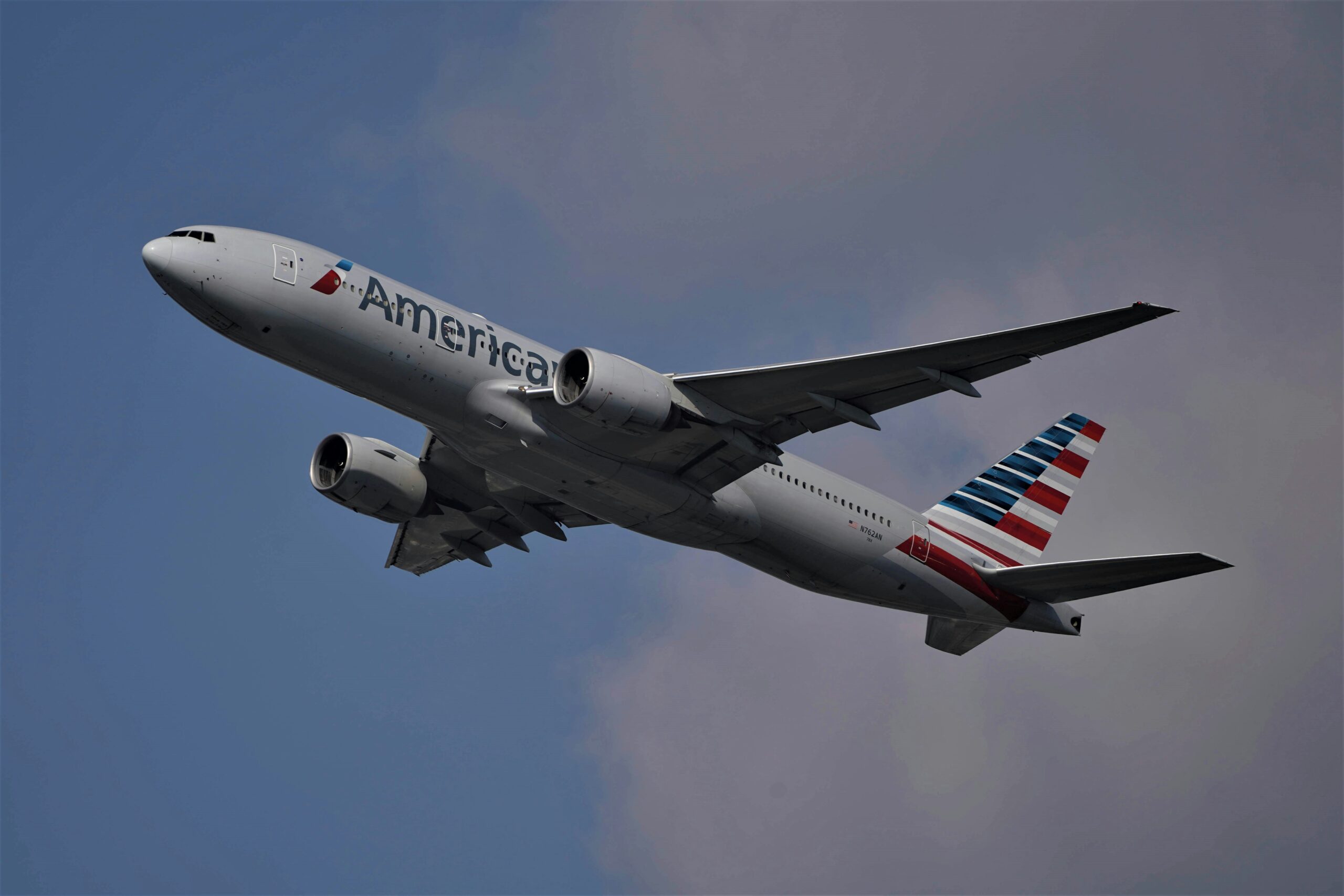
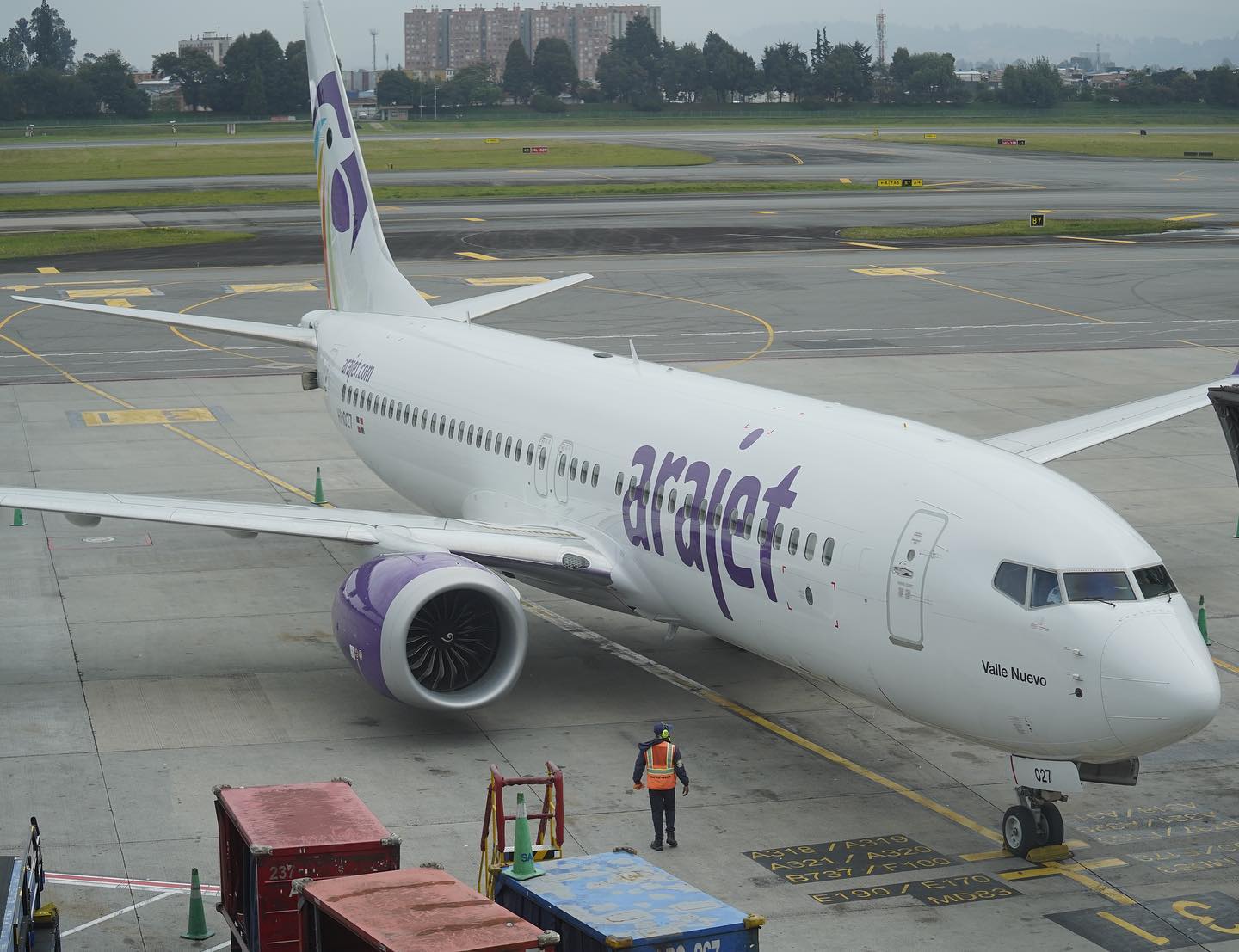
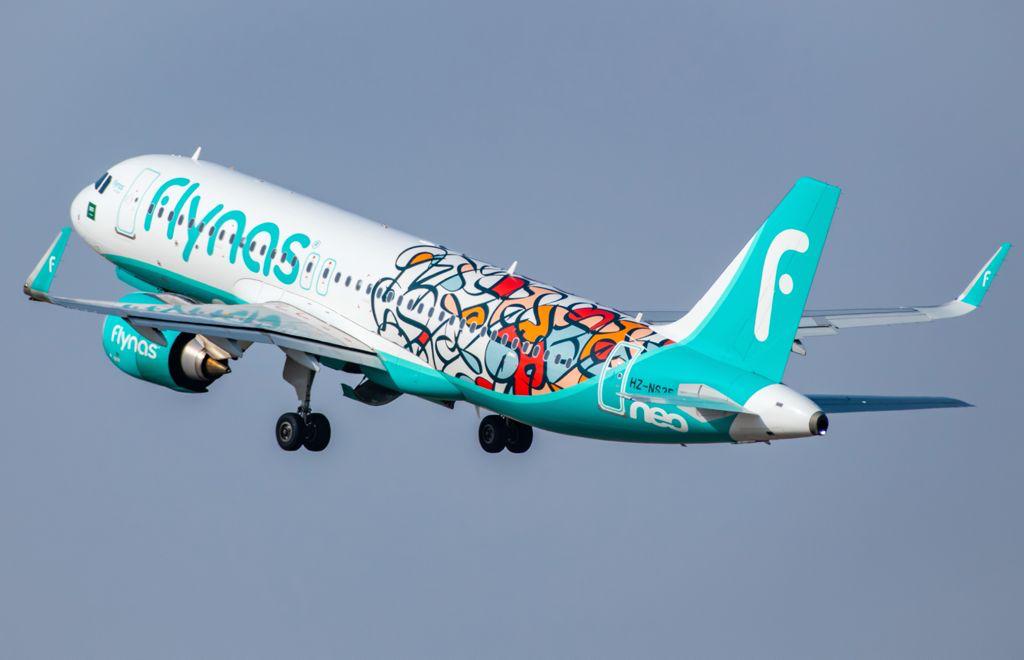
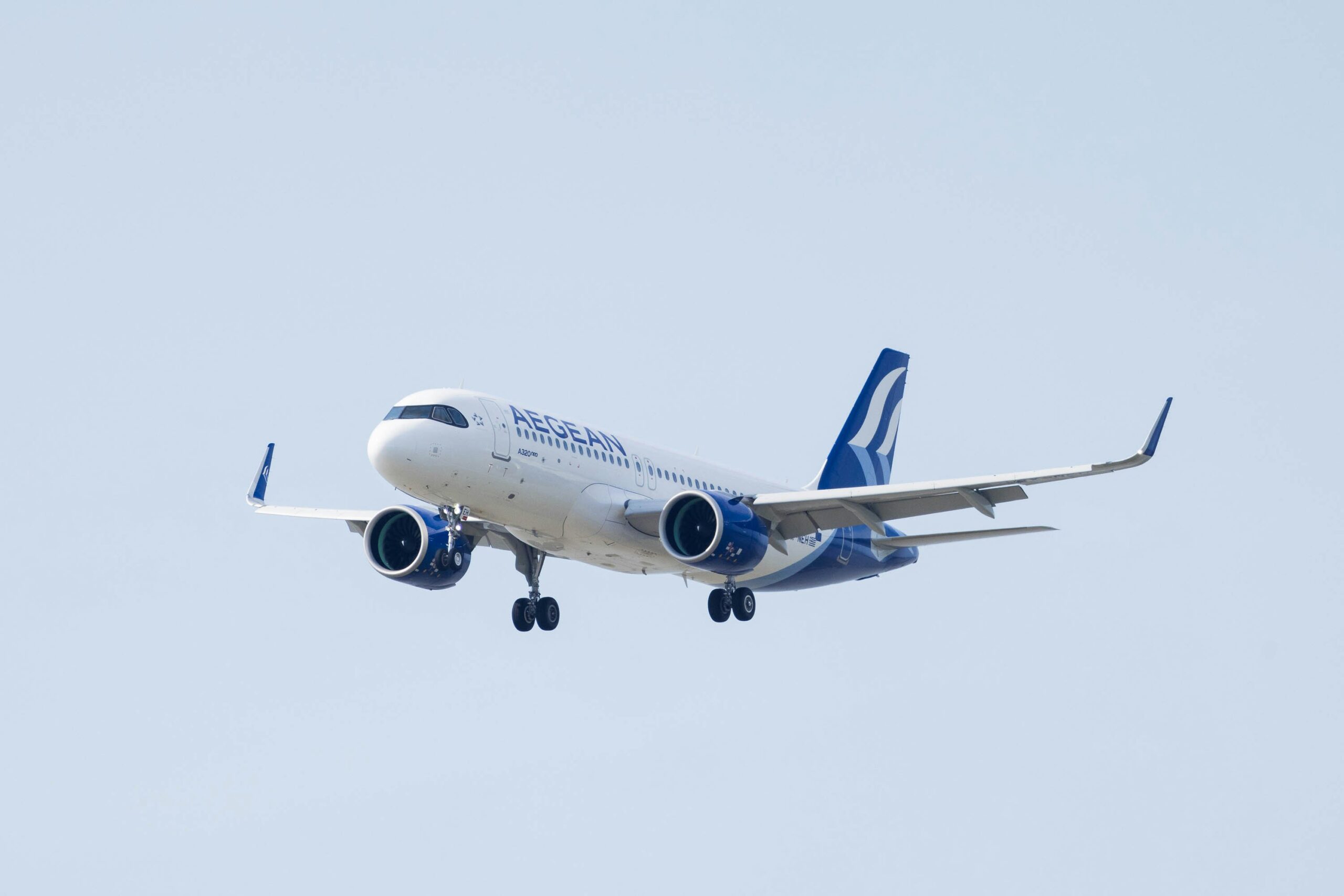




Leave a Reply